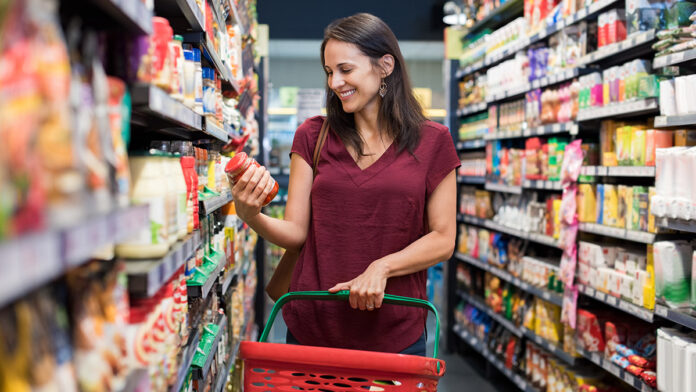The packaging industry has undergone a remarkable transformation in recent years, driven by shifting consumer preferences, technological advancements, and sustainability concerns. From innovative materials to smart packaging solutions, the landscape of packaging has evolved to meet the demands of a dynamic market. In this article, we delve into the key trends and developments that have shaped the packaging industry’s evolution, particularly in the fast-moving consumer goods (FMCG) sector.
Consumer-Centric Designs
One of the most significant changes in the packaging industry is the shift towards consumer-centric designs. Brands are increasingly focusing on creating packaging that not only protects and preserves products but also enhances the overall consumer experience. From eye-catching designs to functional features, packaging has become an integral part of brand identity and consumer engagement. An example of consumer-centric design is Paper Boat’s innovative packaging solutions, which incorporate user-friendly features such as resealable pouches and easy-to-pour spouts. Such designs resonate with consumers by enhancing the overall product experience while maintaining brand identity and integrity.
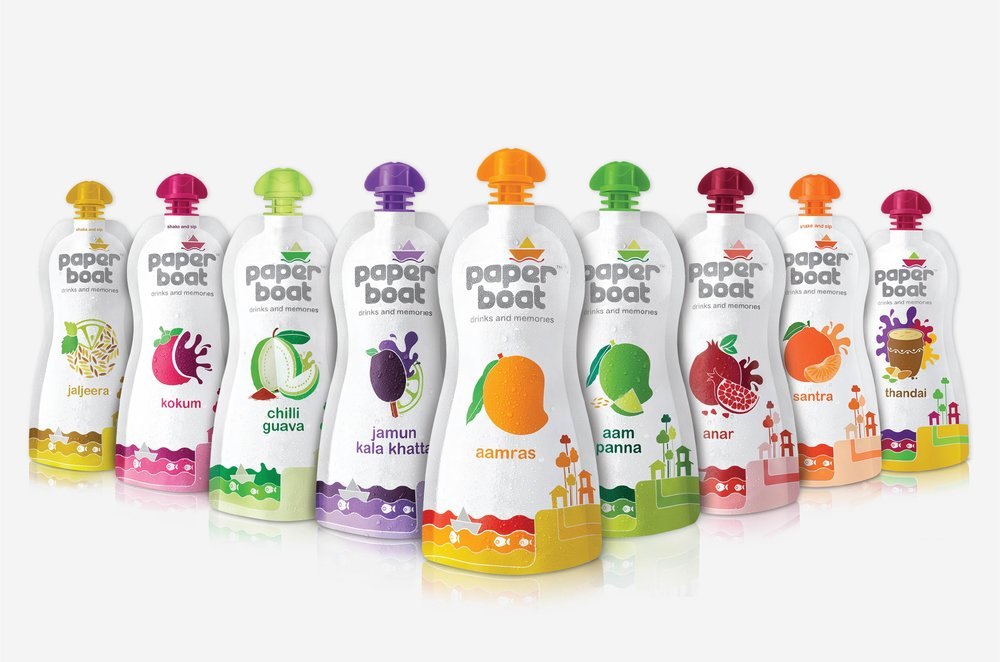
Sustainability as a Priority
In recent years, sustainability has emerged as a central theme in the packaging industry, especially in FMCG. With growing concerns about environmental impact, consumers are actively seeking eco-friendly packaging solutions. This has led to a rise in demand for recyclable, biodegradable, and compostable packaging materials. Companies across the globe are investing in research and development to create packaging solutions that minimize environmental footprint while maintaining product integrity.An exemplary case is the introduction of Loop’s reusable packaging system, which partners with brands like Unilever and Procter & Gamble to offer products in durable, refillable containers. This innovative approach reduces single-use plastic waste and encourages circular economy principles, resonating with environmentally conscious consumers.
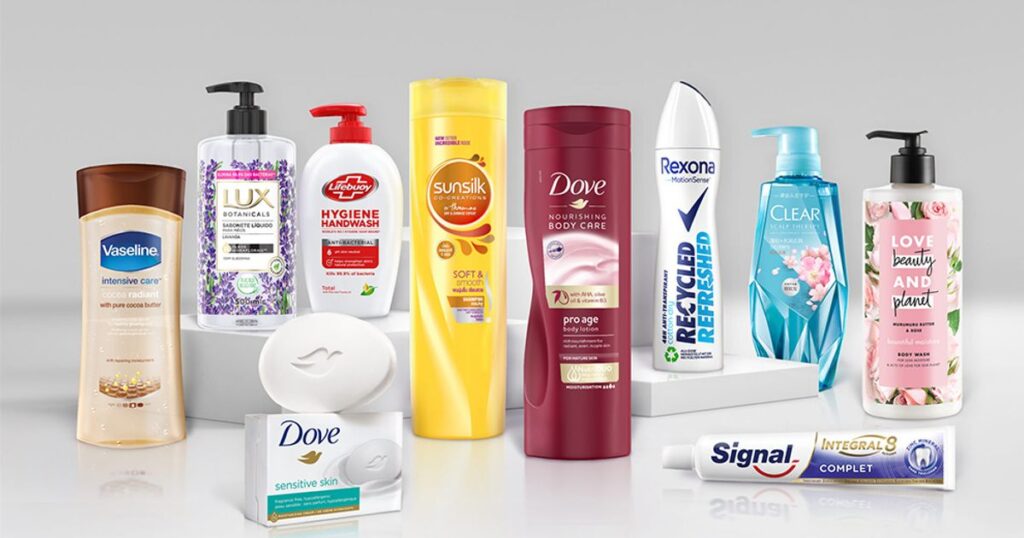
Innovative Materials and Technologies
Advancements in materials science and technology have revolutionized the packaging industry, particularly in FMCG. From bioplastics to nanotechnology, manufacturers are exploring innovative materials and processes to create packaging that is lightweight, durable, and cost-effective. Smart packaging technologies, such as QR codes and RFID tags, enable brands to track products throughout the supply chain and engage consumers with interactive experiences.For instance, Tata Consumer Products introduced paper-based Tetra Pak cartons for its Tetley Tea range, reducing plastic consumption and enhancing recyclability. Additionally, smart packaging technologies, such as RFID tags and QR codes, enable brands to enhance supply chain visibility and offer interactive consumer experiences.
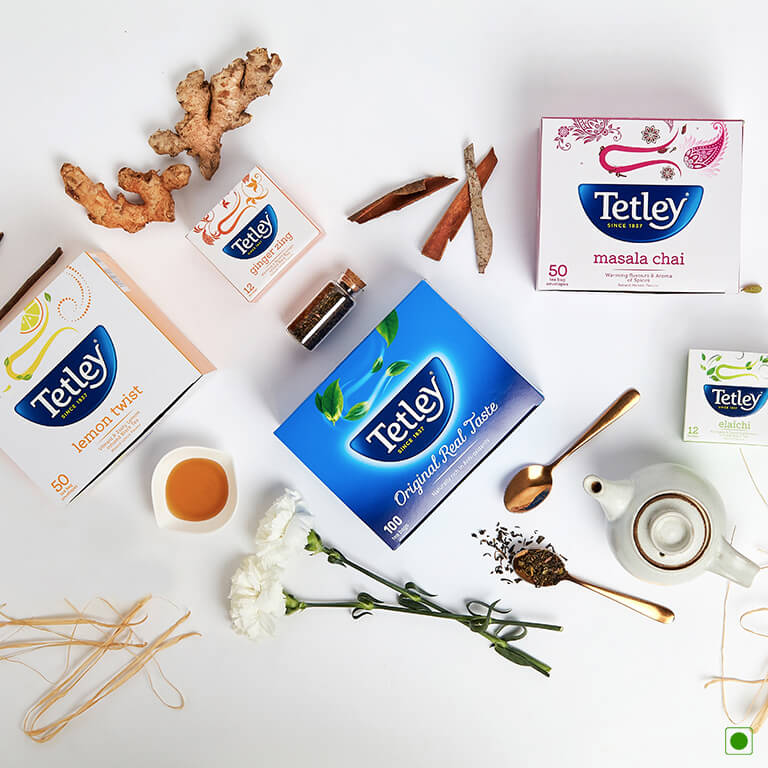
Personalization and Customization
Another notable trend in the packaging industry is the growing demand for personalized and customized packaging solutions. With the rise of e-commerce and direct-to-consumer brands, companies are seeking ways to differentiate their products through unique packaging designs. Digital printing technologies allow for cost-effective customization, enabling brands to create packaging that resonates with their target audience and strengthens brand loyalty.
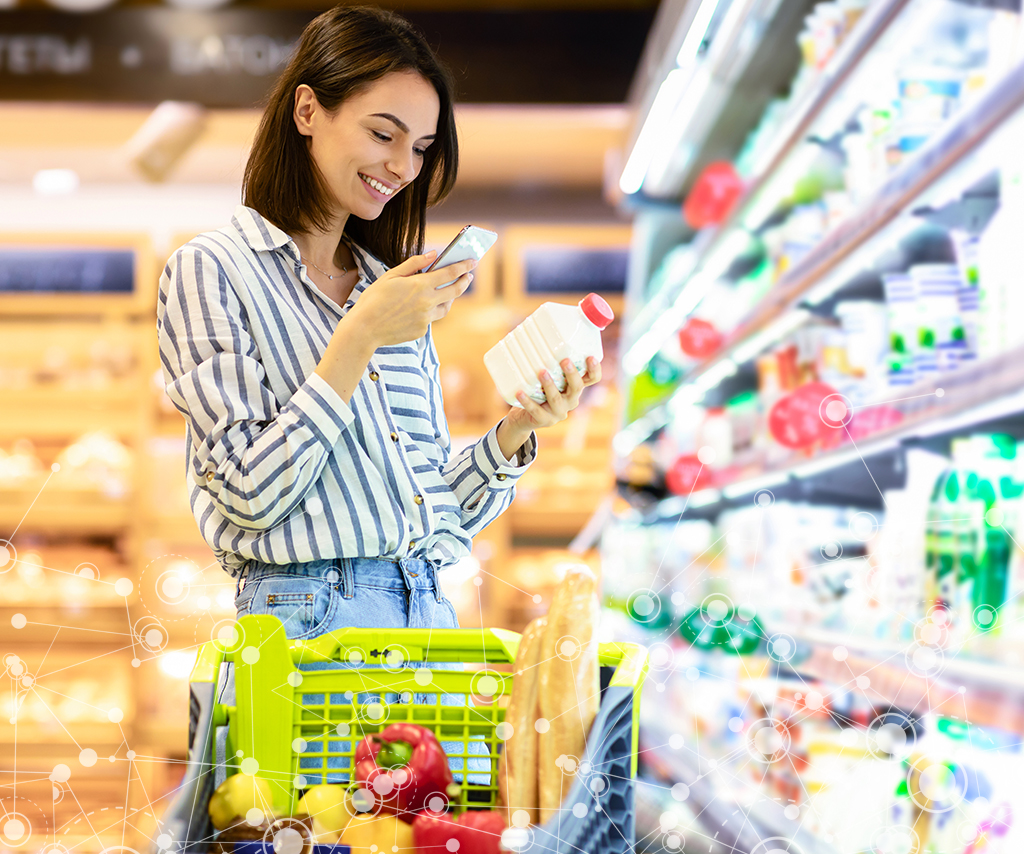
Amazon’s Packaging Feedback Program: In an effort to reduce packaging waste and optimize shipping efficiency, Amazon introduced a Packaging Feedback Program. This initiative allows customers to provide feedback on the appropriateness of packaging for their orders. Based on this feedback, Amazon adjusts its packaging practices to minimize waste and improve sustainability.
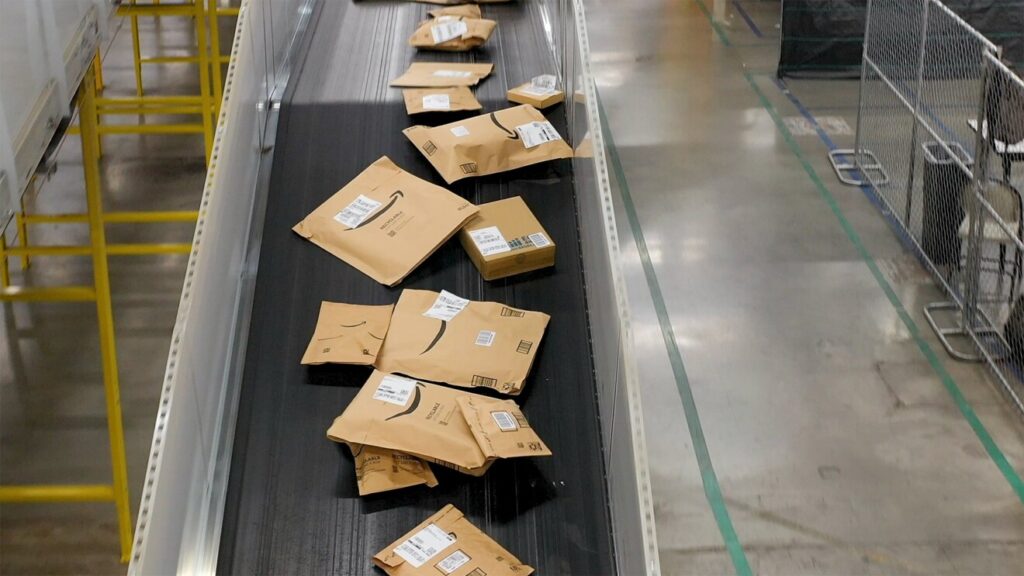
Lay’s Smile AI Integration: Lay’s, a popular snack brand, introduced AI integration in its packaging to create interactive experiences for consumers. Through the use of augmented reality (AR) technology, Lay’s packaging features smile-detecting sensors that trigger animations and games when a consumer smiles at the packaging. This initiative aims to engage consumers in a fun and interactive way while also promoting the brand.
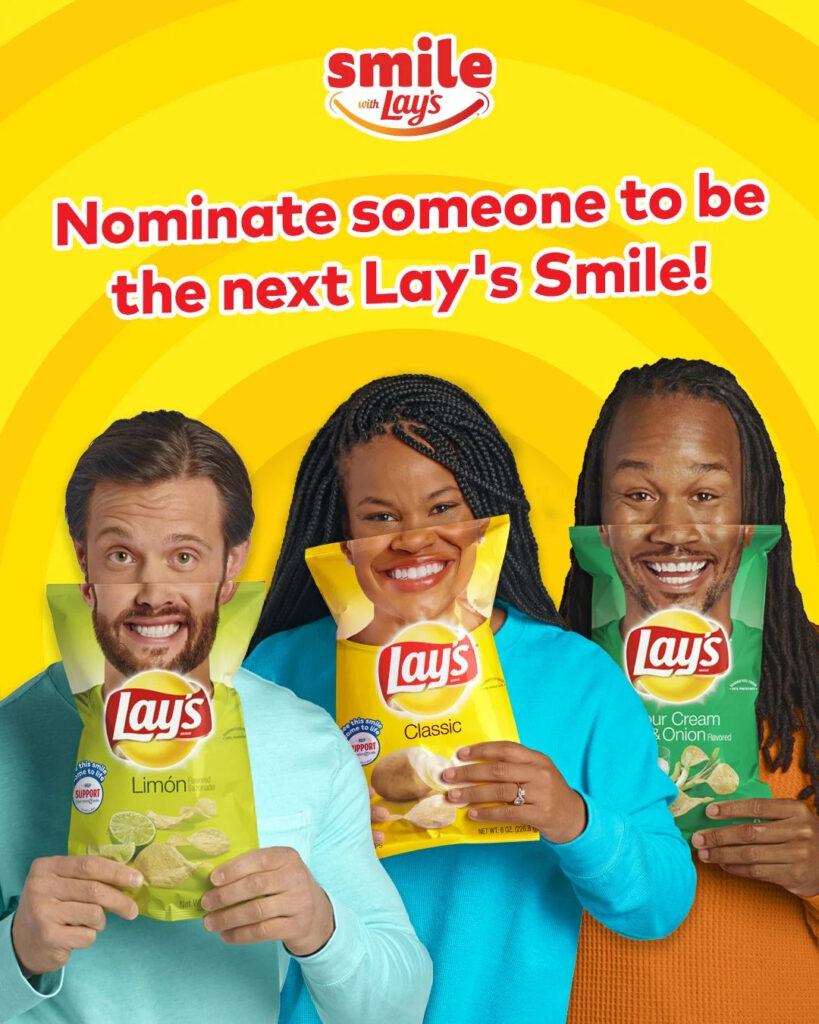
Nutella Personalized Jars: Nutella, known for its hazelnut spread, launched a campaign offering personalized jars to consumers. Through online platforms, customers could customize Nutella jars with their names or personalized messages, making them ideal gifts or personal indulgences. This initiative capitalized on the trend of personalization and resonated well with consumers seeking unique experiences.
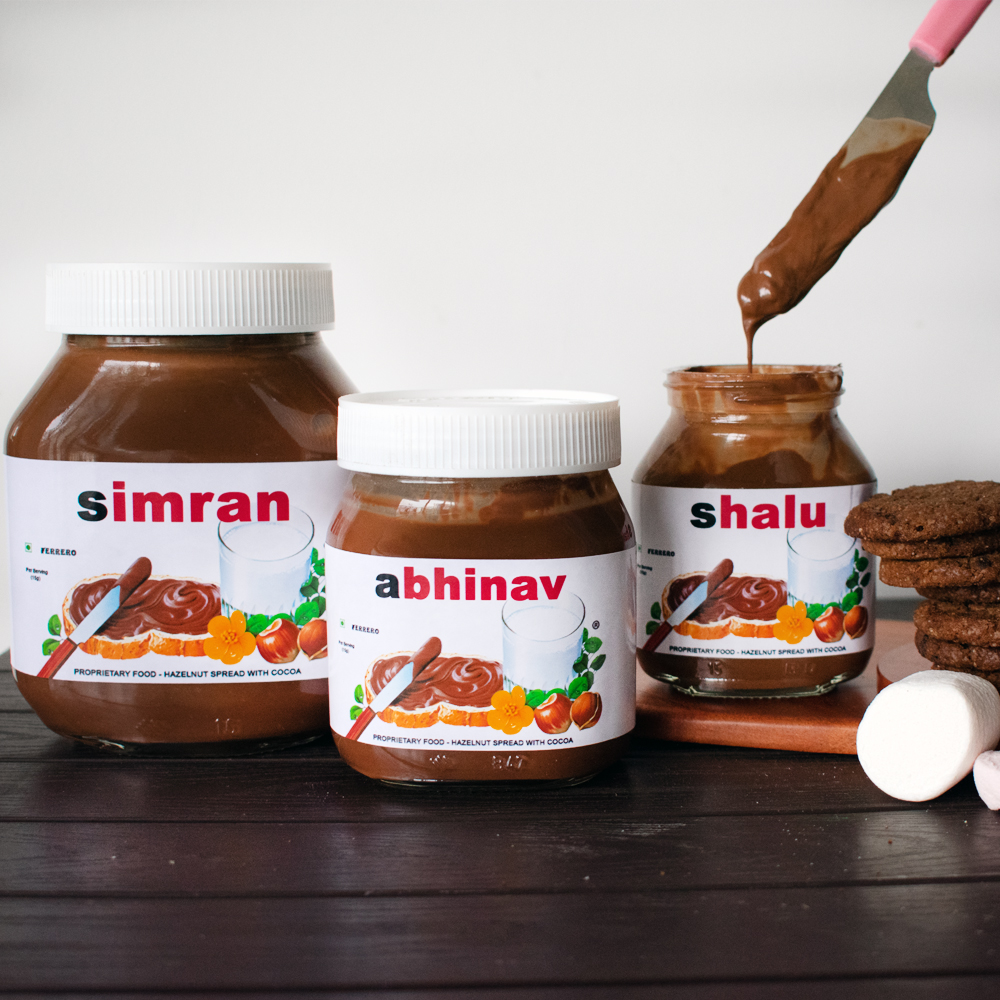
Regulatory Compliance and Safety
As regulatory requirements become more stringent, packaging manufacturers in the FMCG sector are prioritizing compliance and safety standards. From food packaging to pharmaceuticals, ensuring product safety and integrity is paramount. Companies are investing in quality control measures and certification processes to meet regulatory requirements and maintain consumer trust.
In conclusion, the packaging industry in the FMCG sector continues to evolve rapidly, driven by consumer demand for sustainability, innovation, and personalization. Brands that embrace these trends and invest in packaging innovation are well-positioned to succeed in an increasingly competitive market landscape.


